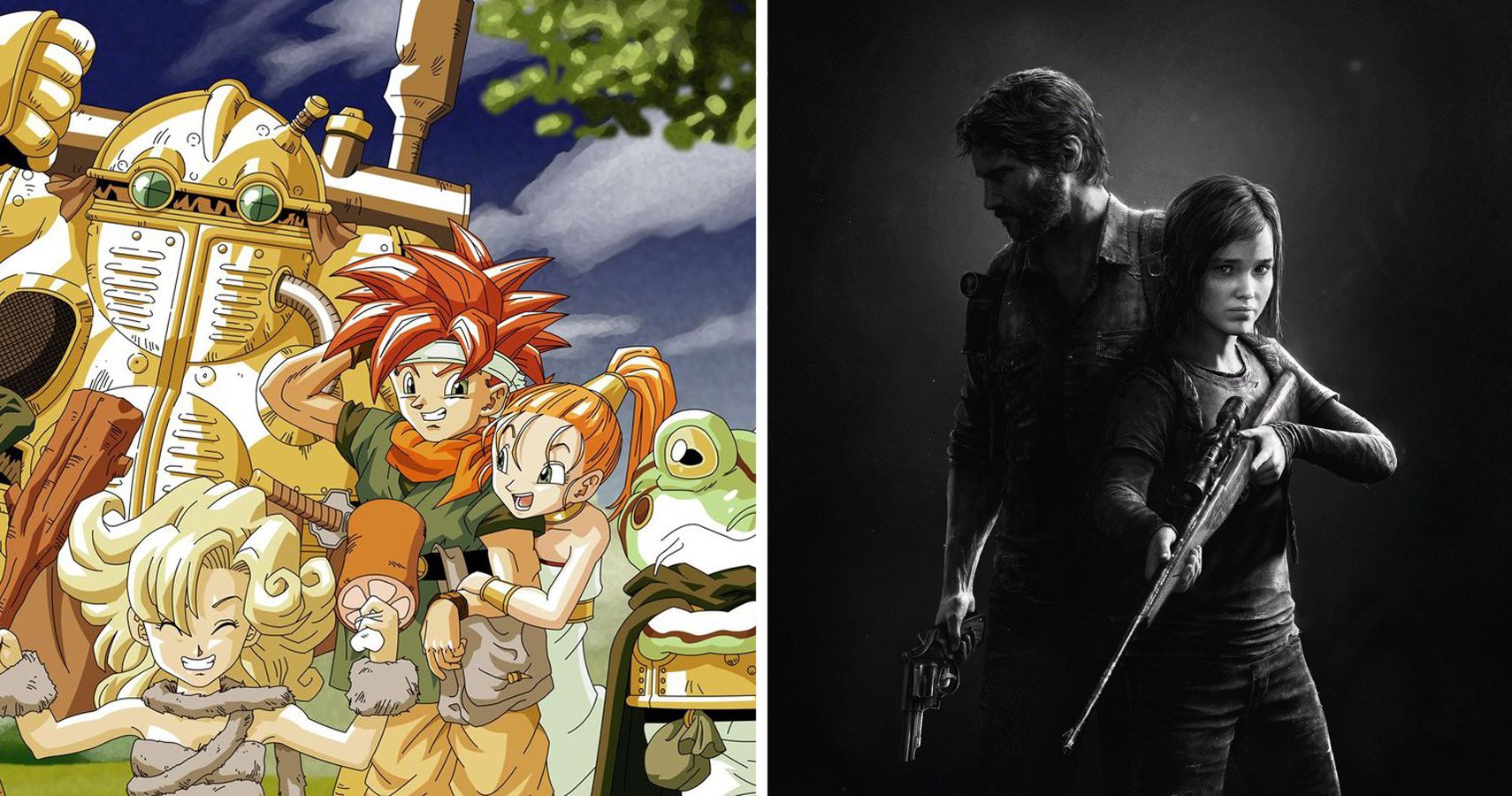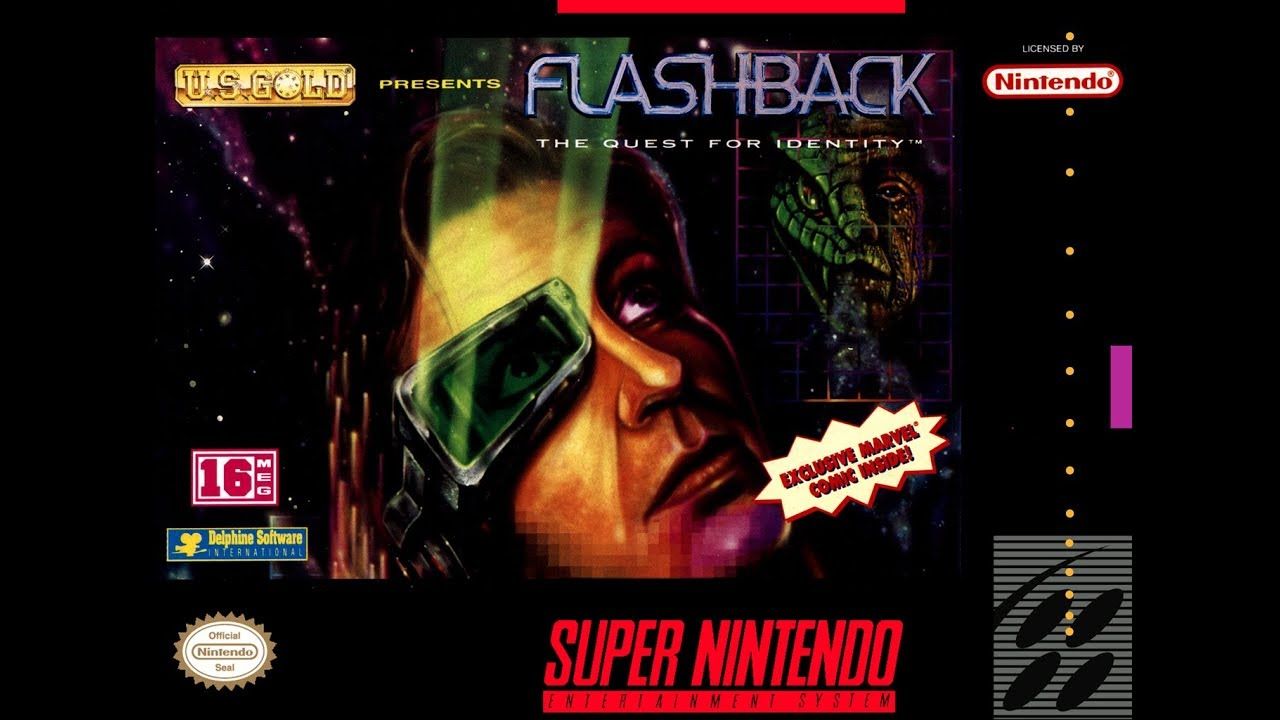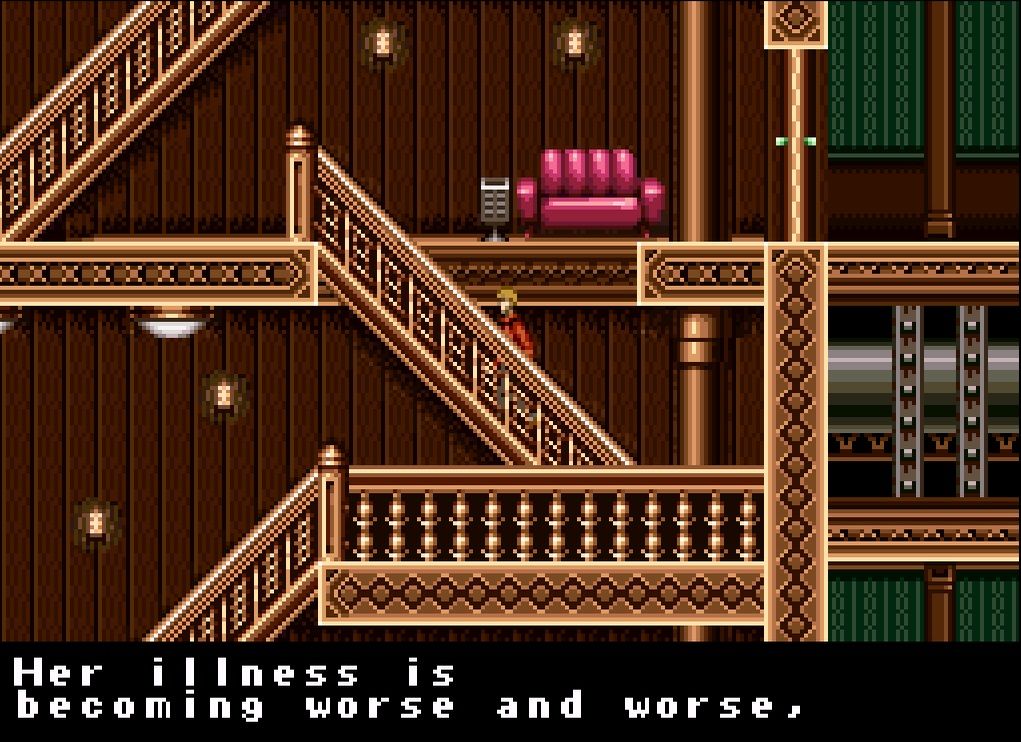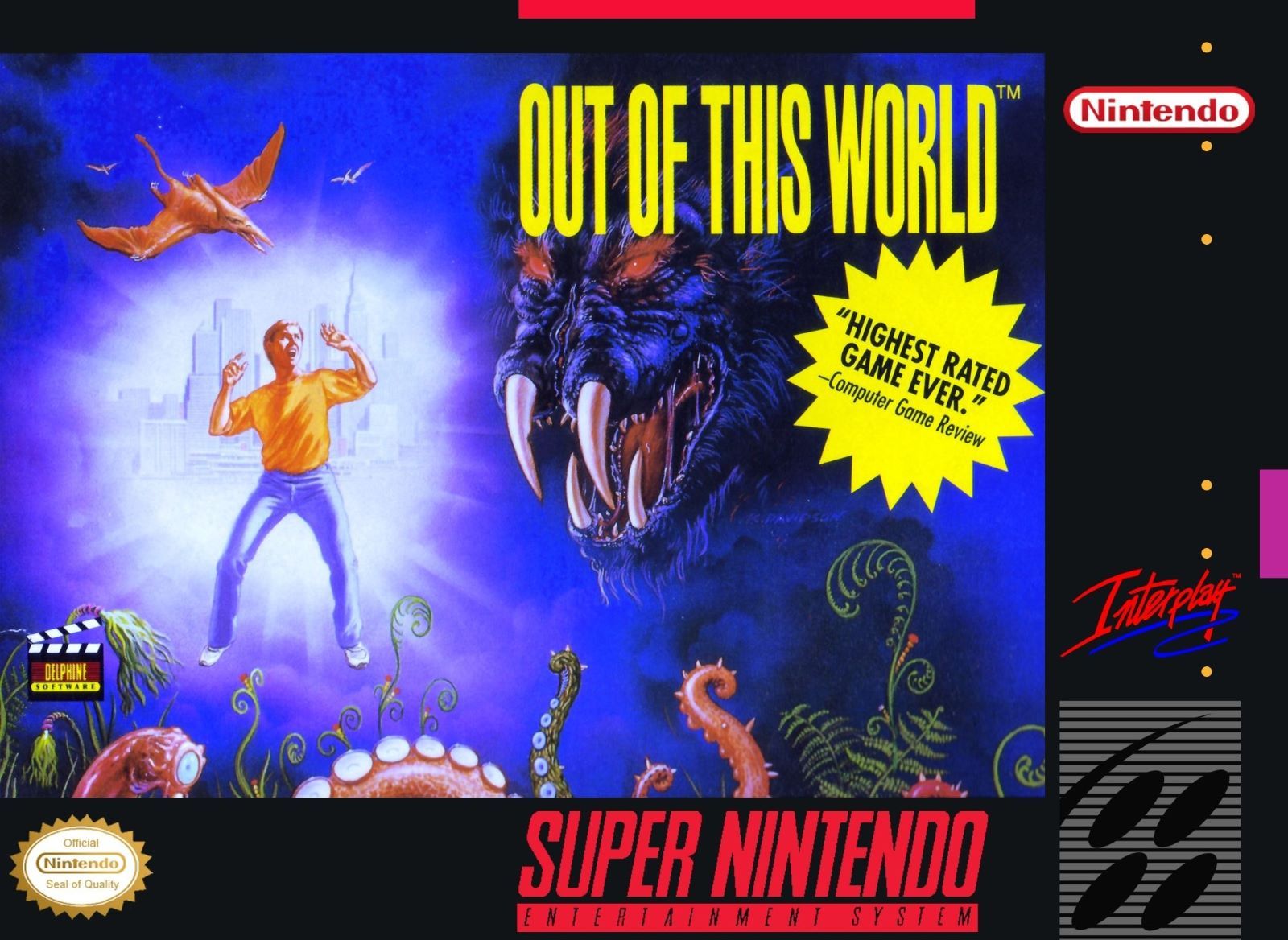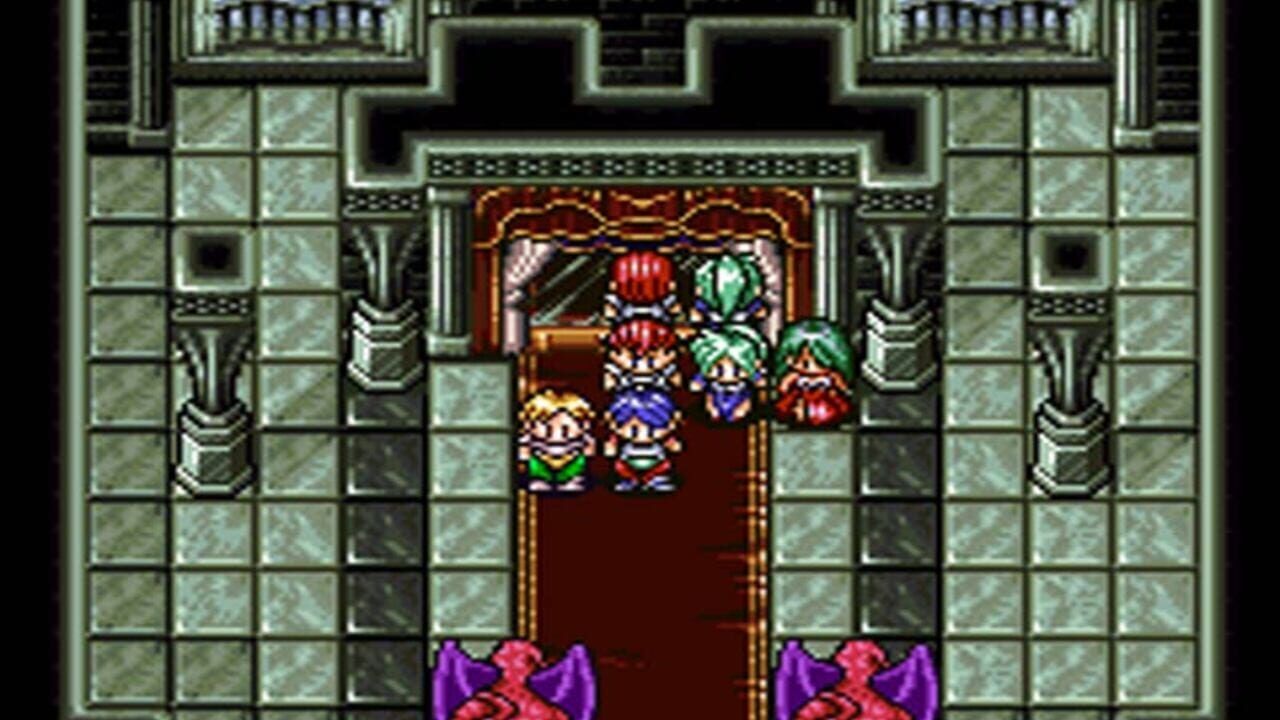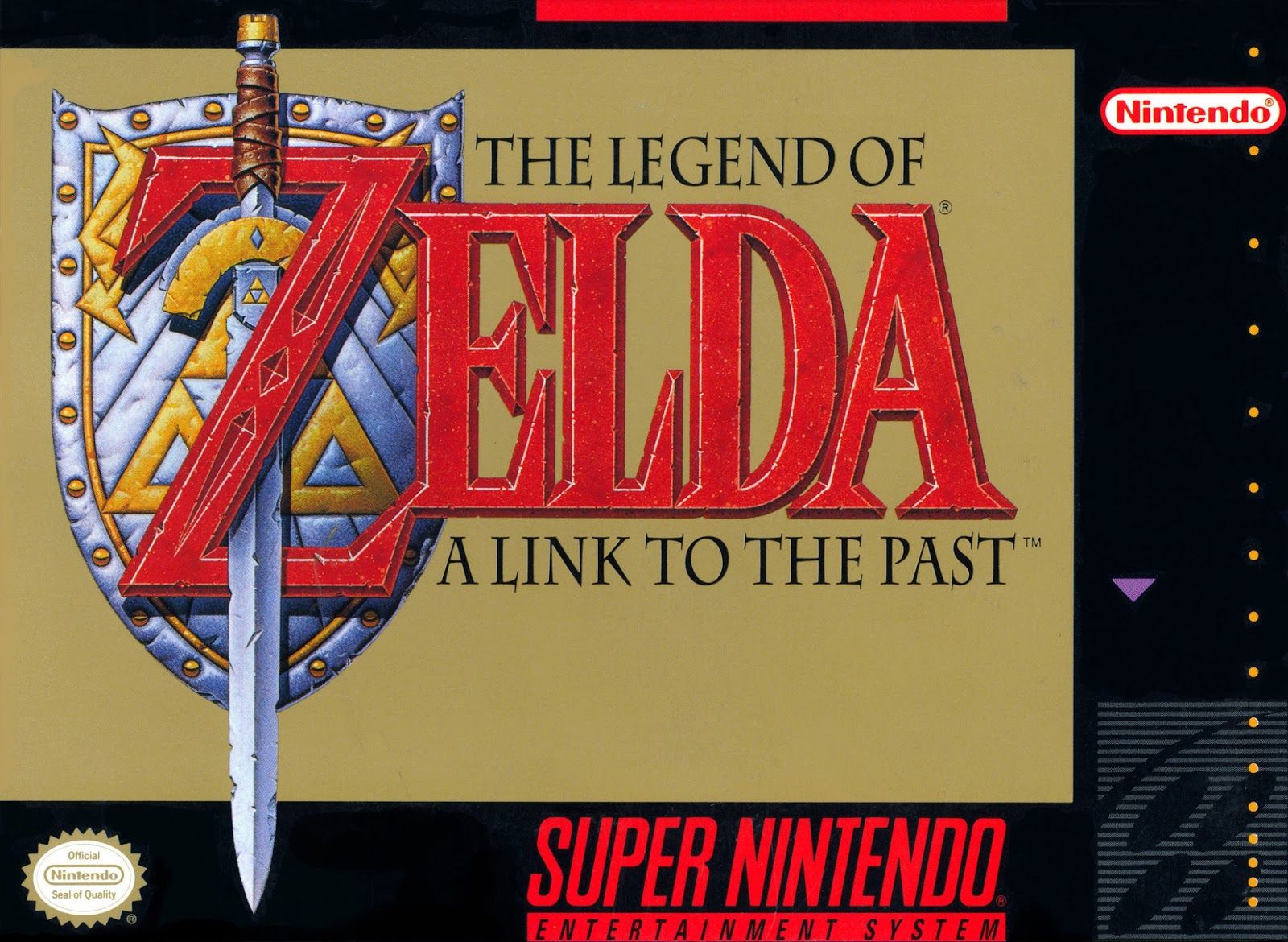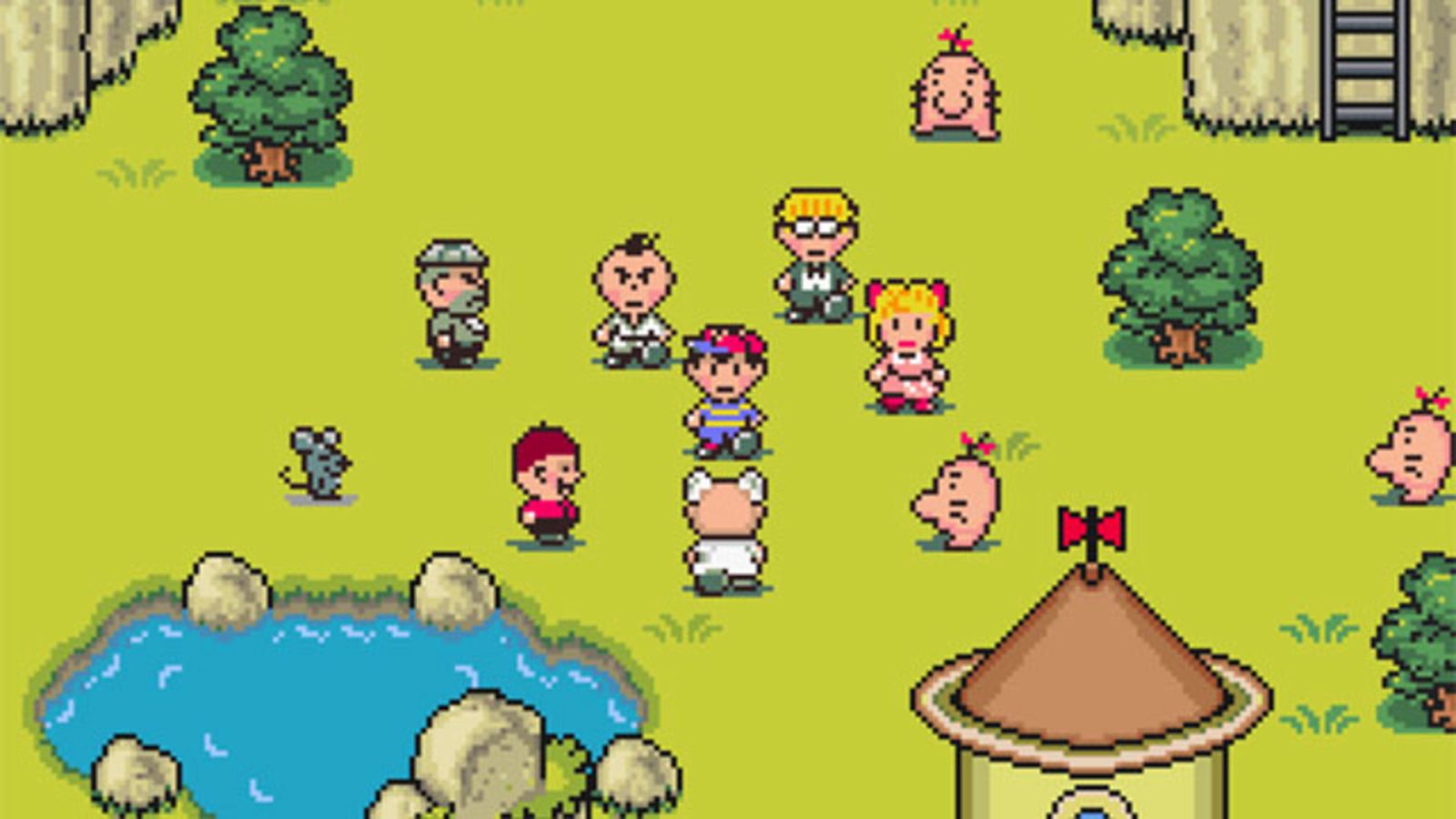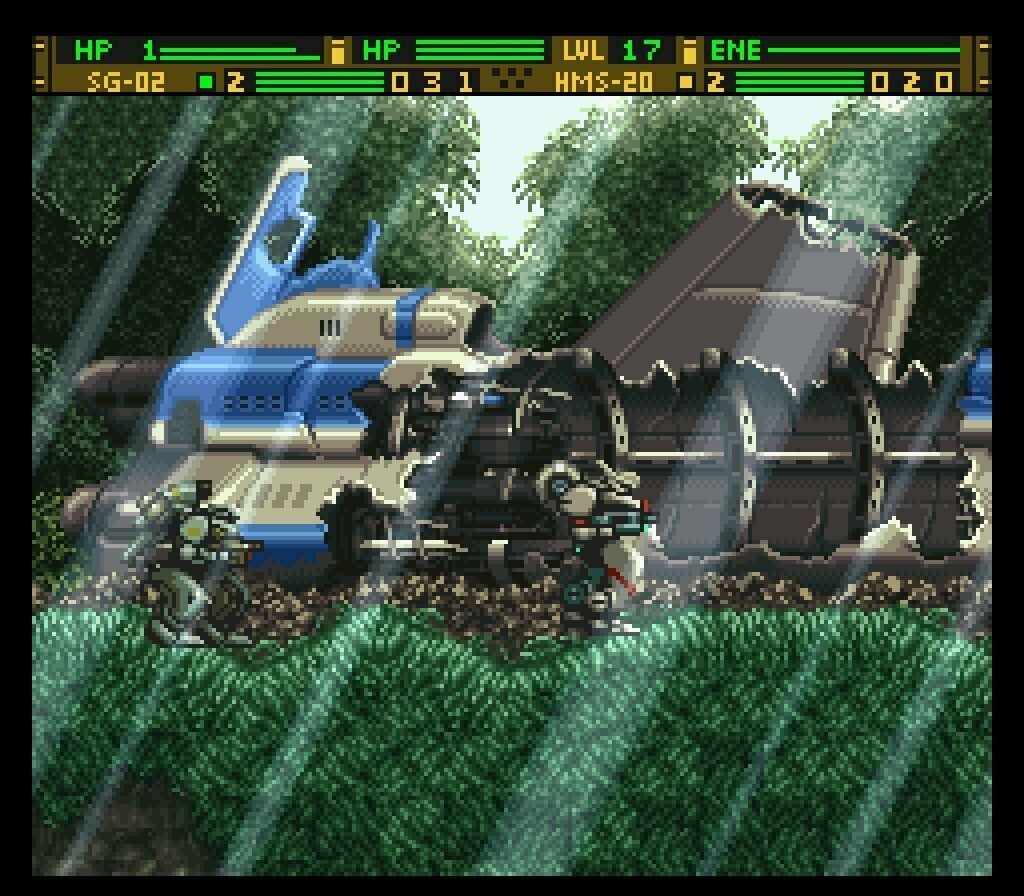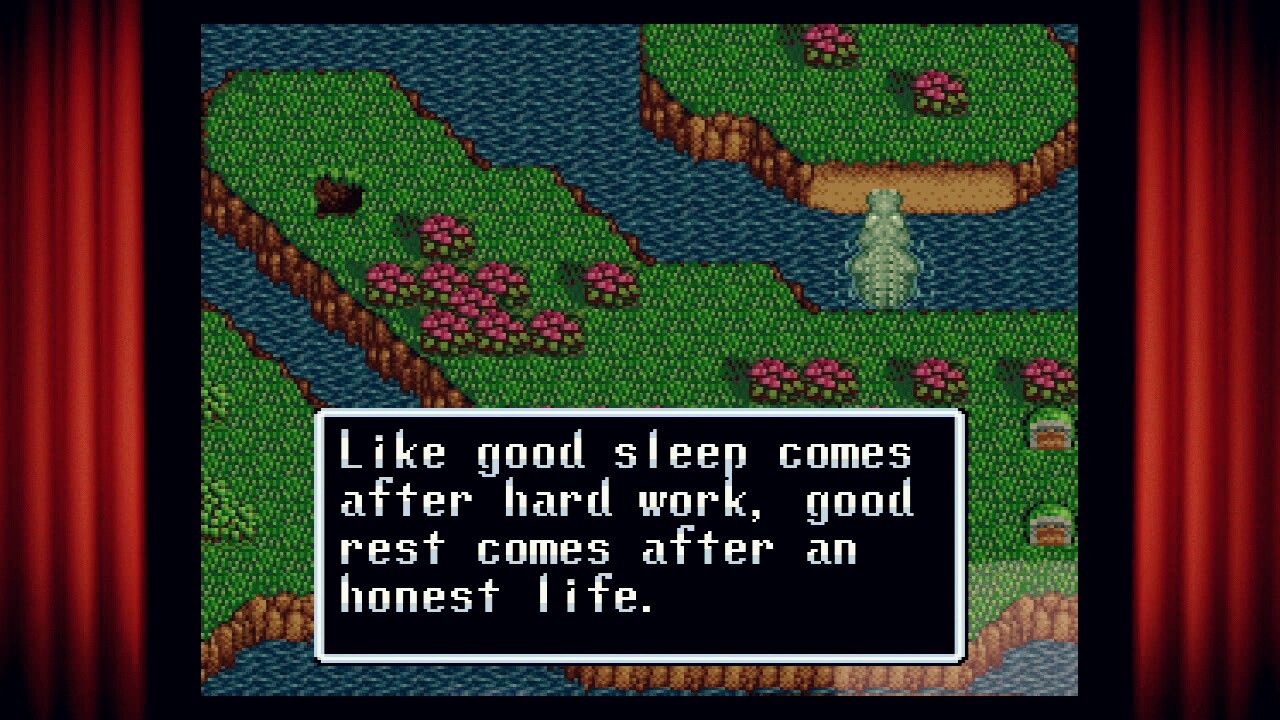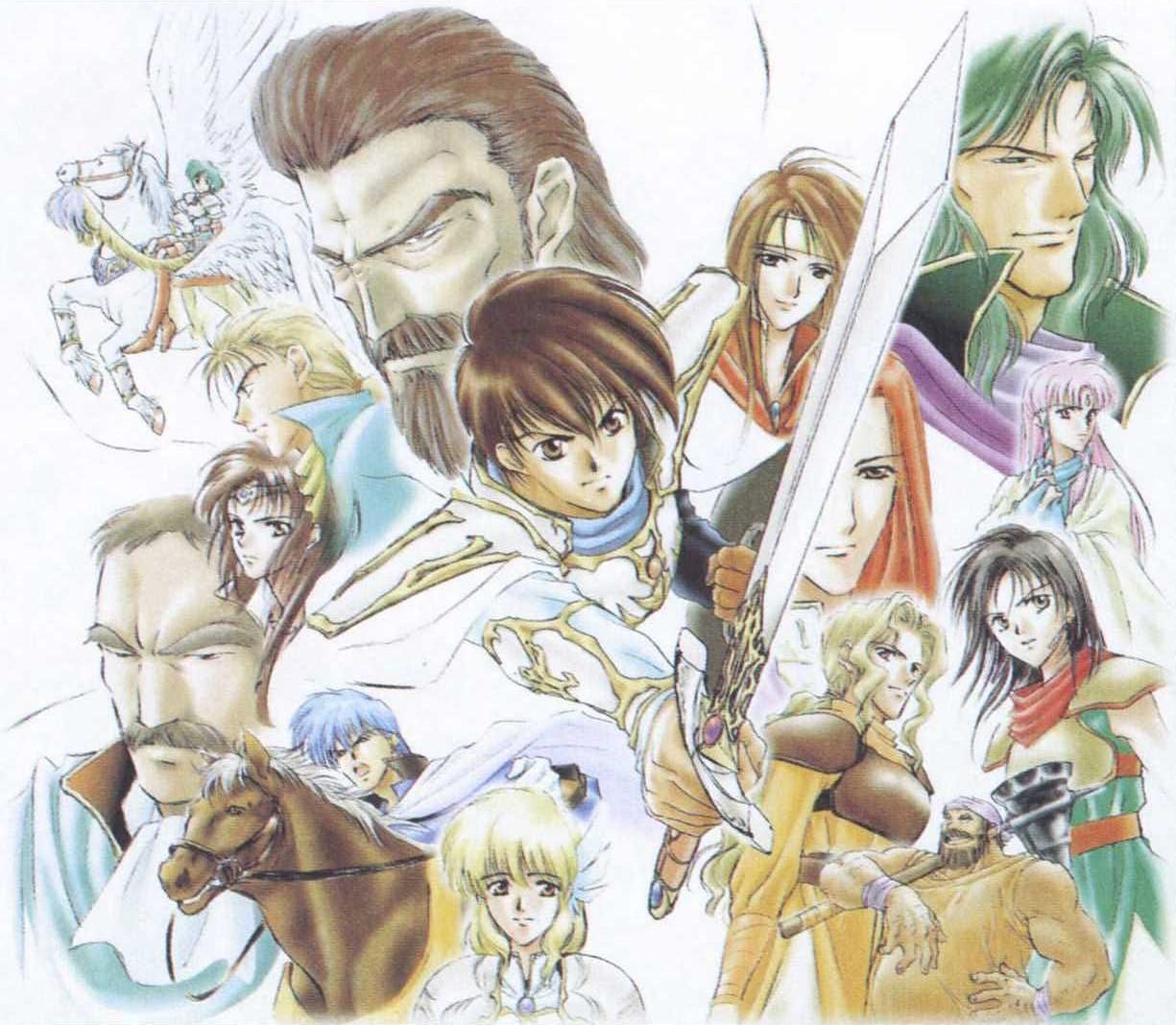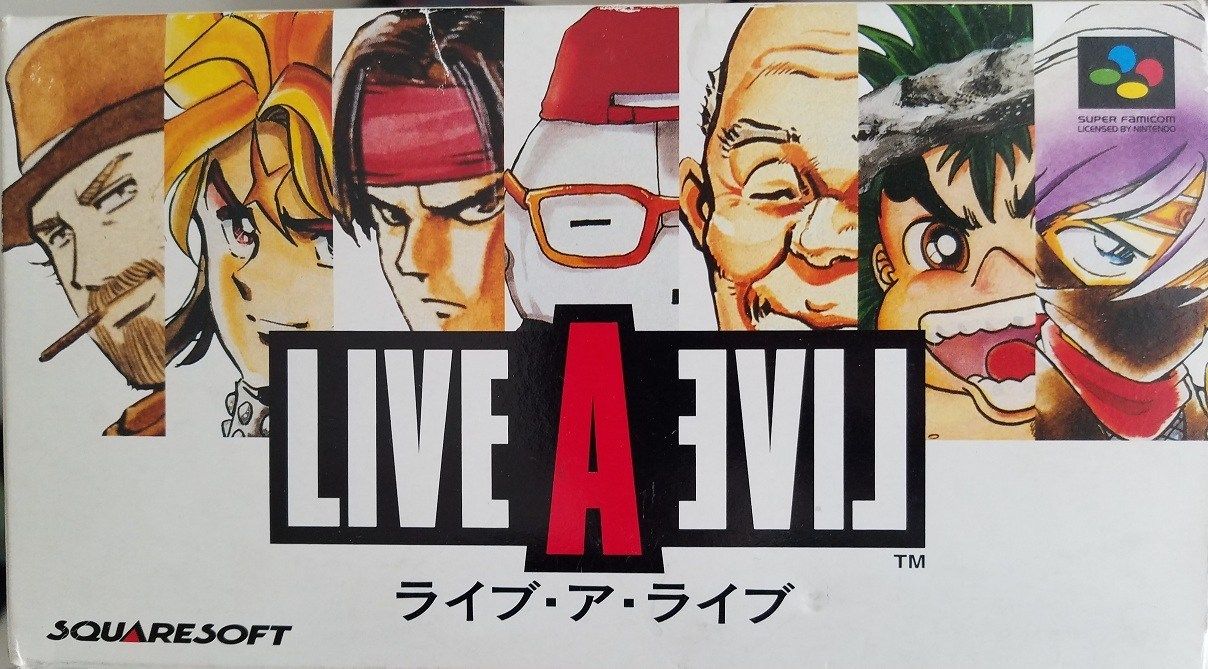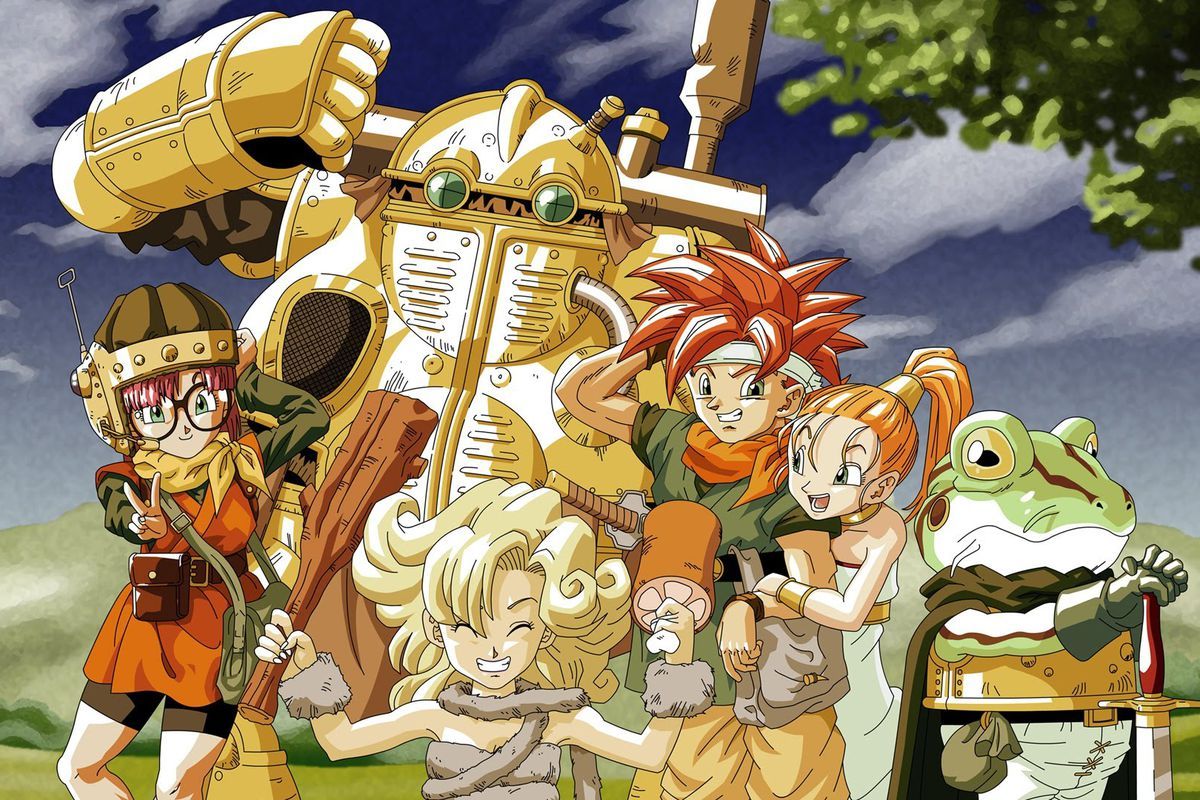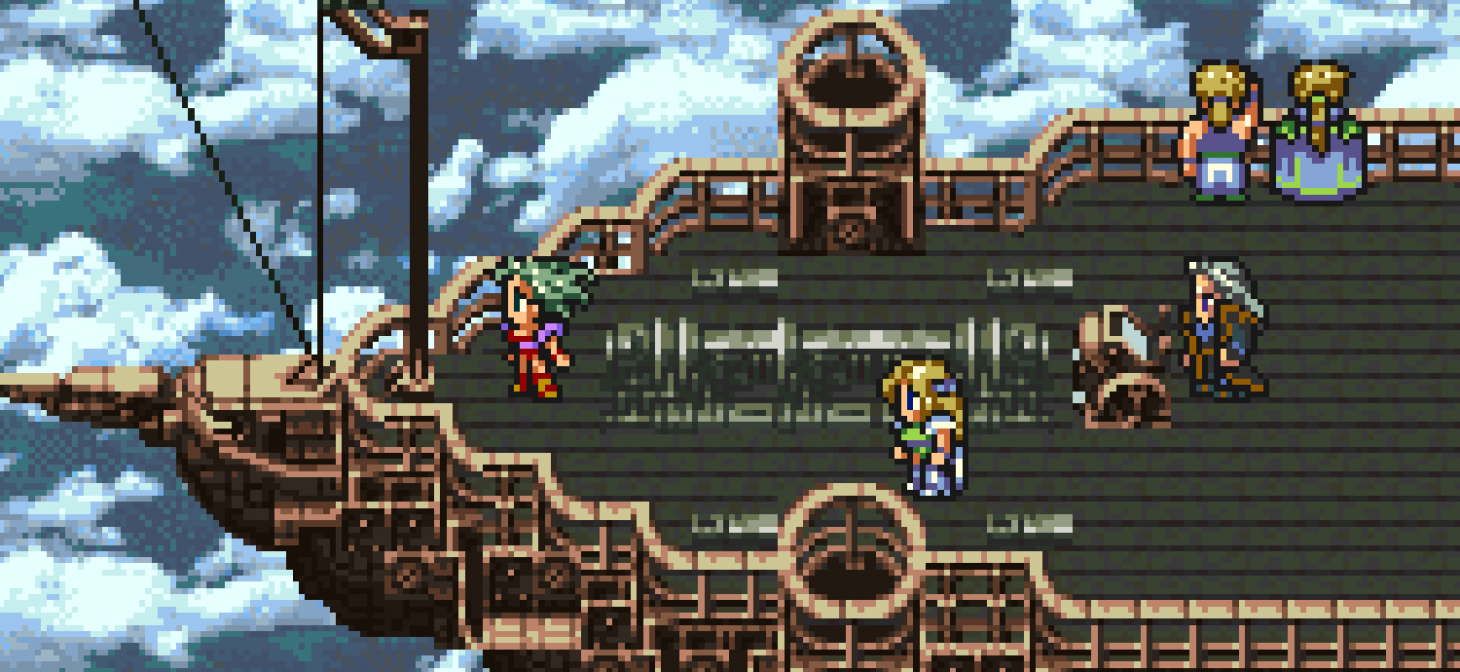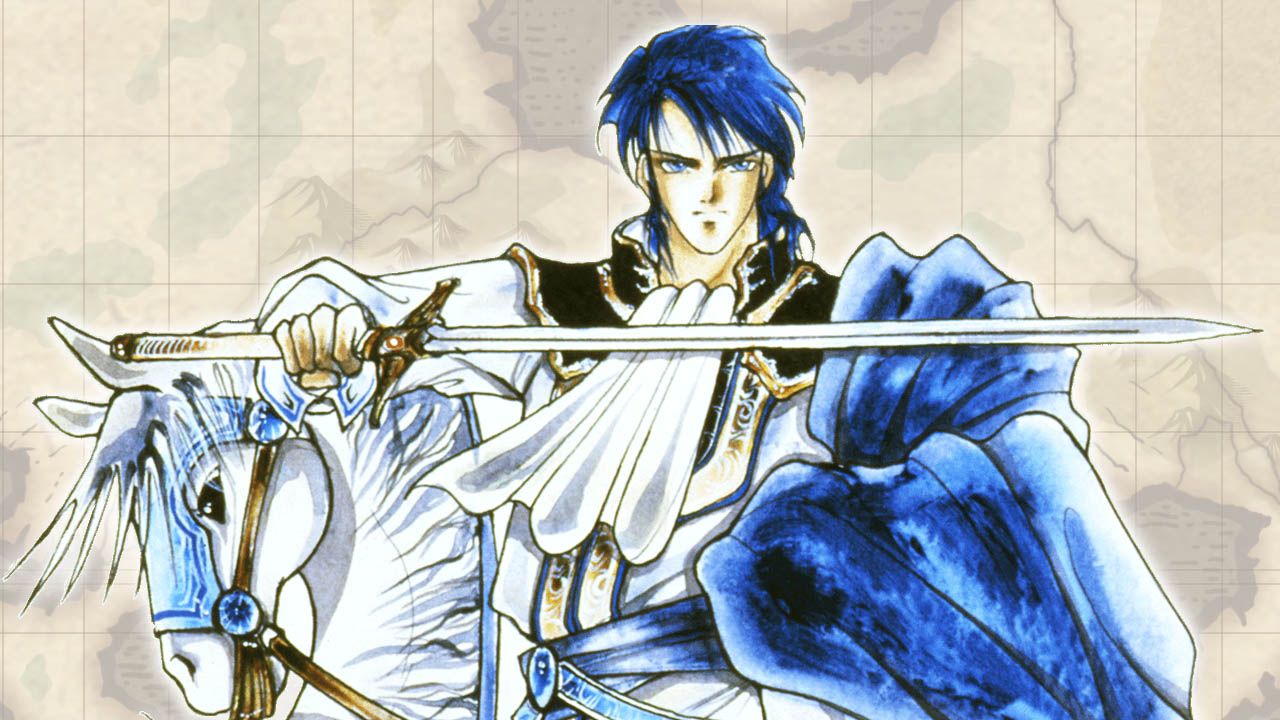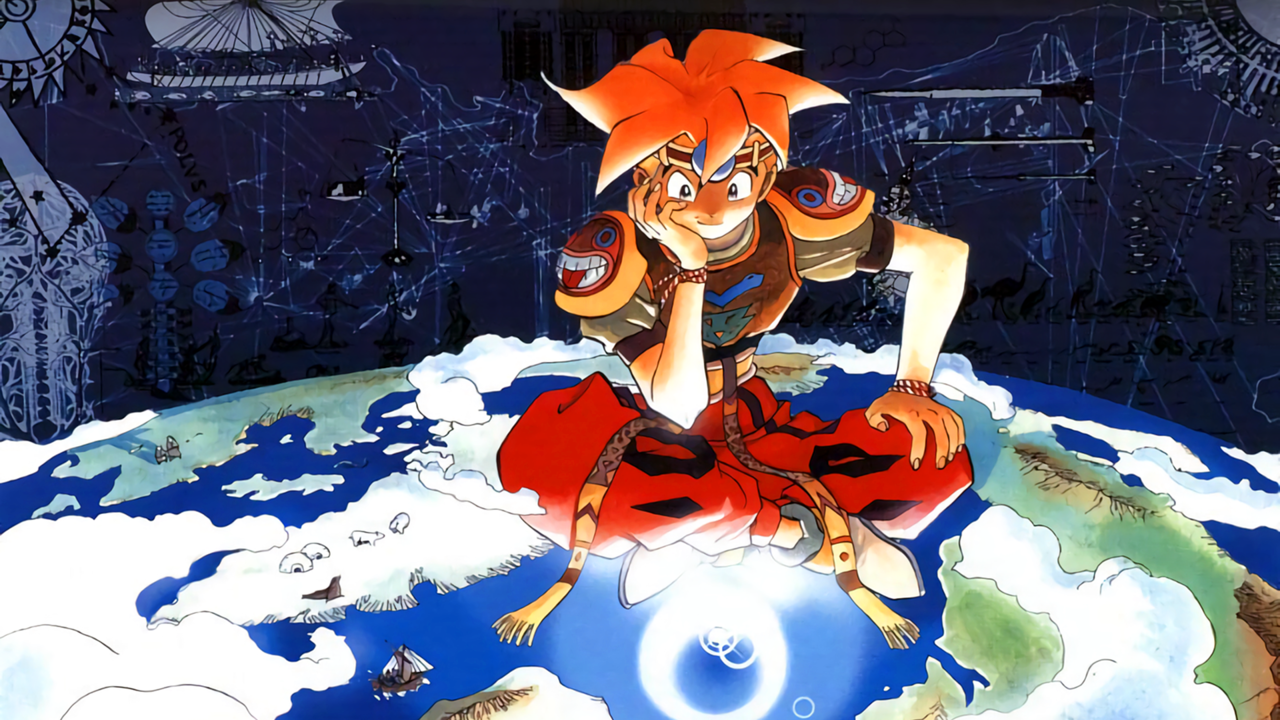With each passing generation, the idea of “games as art” gains legitimacy. Of course, anyone well-versed in the medium can confidently claim that games are art and always have been art. The only major distinction nowadays is that the average consumer has an easier access point through storytelling.
Games like The Last of Us “legitimize” gaming as an art form through their stories, but they’re not the end-all, be-all. Even dating back to the Super Nintendo, one can find games that beat out a title like The Last of Us when it comes to story. Above all else, a good video game story doesn’t distract from gameplay while also using gameplay as a means of progression. Something only the best SNES games understand.
Updated June 14th, 2020 by Meg Pelliccio: Games with memorable storylines stay with us forever, often we recall the touching or twisting plots of our favorite games more than the gameplay itself. When a game manages to perfect story-telling, that's when you know you're onto a winner.
One of those games is undoubtedly The Last of Us, which features a rich story that has stayed with fans since release and made them eager for the next installment. But it isn't only modern games that manage to do justice to story-telling. There are plenty of older titles that arguably have better stories than The Last of Us, check out these SNES titles for some prime examples.
15 Flashback: The Quest for Identity
Flashback: The Quest for Identity released for the SNES in 1992 and presented fans with a sci-fi action-adventure cinematic platform game that went on to win multiple awards. It was also one of the first games to use motion-capture technology.
The story is set in the future and follows scientist amnesiac Conrad B. Hart who finds himself on the colonized moon of Saturn. Conrad discovers he had been investigating the alien shape-shifting Morph race that had infiltrated humanity, but to get back to Earth to finish his investigation, Conrad must enter Death Tower – a game show where contestants fight to the death.
14 SOS
The survival adventure game SOS released in 1994 and was heavily inspired by the book The Poseidon Adventure by Paul Gallico. Set in 1921, the game follows the events aboard the ship Lady Crithania after it is hit by a giant wave and begins to sink.
The game has four different playable characters, each of which presents a different story for the player, so there is plenty of replay value. Players have a time limit of an hour in which to escape the ship and are able to take additional survivors with them.
13 Out of This World
Also known as Another World overseas, this cinematic platformer released in 1991 to critical acclaim and was a massive commercial success. Out of This World was praised for its gripping storyline and went on to become a cult classic.
It follows the scientist Lester Knight Chaykin, who accidentally transports himself to a strange planet while working on a particle accelerator during a lightning storm. Players must survive the hostile planet while solving creative puzzles and delving into the deep storyline.
12 Lufia II: Rise of the Sinistrals
Lufia II: Rise of the Sinistrals released in 1996 for the SNES as a prequel to Lufia & the Fortress of Doom. Lufia II is the far better of the two games, with many improvements and changes having been made to the gameplay.
The game follows the protagonist Maxim, a hero who is destined to destroy the Sinistrals, a group of gods. On his journey, Maxim discovers other adventurers like himself and together they uncover how the Sinistrals first came to be. Lufia II was well received and was particularly praised for its storyline.
11 The Legend of Zelda: A Link to the Past
The Legend of Zelda series is one of the most well-known franchises within the gaming industry and has long been heralded as delivering interesting plotlines with exceptionally well-crafted characters.
The Legend of Zelda: A Link to the Past follows the standard story of protagonist Link attempting to rescue Princess Zelda, but this game offered up a couple of twists and turns to keep players on the edge of their seats. Unsurprisingly, it went on to become one of the best-selling SNES titles of all time.
10 Earthbound
Earthbound, otherwise known as Mother 2 in Japan, is one of the most influential games when it comes to the indie scene. It ushered in a sense of style that many games have tried to replicate, but few have pulled off. More importantly, it’s a game that tells a charming and meaningful story about life and growing up.
The script is easily the game’s biggest strength, skyrocketed by Shigesato Itoi’s talents as a writer. Earthbound is layered with complex themes, but it isn’t so complex where it’s difficult to understand. Casual players can still enjoy the plot immensely, whereas more invested players will find something to dig into time and time again.
9 Front Mission: Gun Hazard
What distinguishes Front Mission: Gun Hazard from other games is the maturity with which its story is told. Focusing on geopolitics (about as far as a Super Nintendo action RPG would be willing to go), there’s a level of depth to the plot that doesn’t come around quite often, even in the current generation.
Plus, Front Mission: Gun Hazard features great character writing and an engaging storyline that’s constantly evolving. In many respects, the narrative feels more at home in the west than it does in Japan, an oddity considering the title never released an official English translation.
8 Ys V: Lost Kefin, Kingdom Of Sand
For as great as the SNES is, Nintendo had a bad habit of keeping some of its best games within Japanese borders. Ys V: Lost Kefin, Kingdom of the Sand might not be a high point for its own franchise, but it is a high point when it comes to SNES stories. Despite a humble start, it opens up considerably.
Its second half is action-packed from start to finish, managing to tell a time travel story that not only makes sense but actually has a good emotional center to it. More importantly, the playable character Adol is so integral to how the plot unfolds that it constantly feels as if the player is making both gameplay and narrative progress.
7 Soul Blazer
Quintet’s first action RPG on the SNES and Illusion of Gaia’s direct predecessor, Soul Blazer is a very easy game to underestimate. Not only does it place its narrative seemingly in the background, but it also takes a rather simplistic approach to plot progression, taking the player level to level via a platformer.
That said, Soul Blazer is a poignant RPG about the nuances of life and death, one that takes every opportunity to examine what it means to live a full life, all while examining how mankind deals with death as a concept. It’s candid, mature, and its core themes are realized fully in the gameplay.
6 Fire Emblem: Thracia 776
Fire Emblem: Thracia 776 was the last first-party title released for the Super Nintendo, only receiving its physical release in 2000. It can be easy to dismiss a game so deep into the Super Nintendo’s (and Nintendo 64’s) line-up, but Thracia 776 is very much deserving of any gamer’s time.
Not only is it just a superbly designed strategy RPG (par for the course when it comes to Fire Emblem), it tells a dark, intimate story that ties in well with Genealogy of the Holy War, Thracia’s predecessor. It’s the only Fire Emblem game to feature a genuinely small scope, and it’s all the better for it.
5 Live A Live
Listing Live A Live is almost cheating, considering it’s made up of multiple shorter stories that tie into one grand finale. Better yet, each miniature narrative is fully cohesive, telling a complete story with a unique arc each. Live A Live is the kind of game that players can come back to any point, but they’ll likely end up binging anyway just because it’s so compelling.
The finale is really the start of the show, though, as it ties all the main themes together into a surprisingly tragic story. It’s almost Shakespearean in nature, something that’s rare even nowadays. Live A Live was also never released outside of Japan, but an excellent fan translation does exist.
4 Chrono Trigger
Chrono Trigger is such a classic that it’s incredibly easy to underestimate it. After all, it’s the RPG that defined the Super Nintendo’s generation, so it must be a trendsetter that just comes off primitive in retrospect, right? Wrong. Chrono Trigger may not be groundbreaking anymore, but good game design is good forever.
As is a good story, something Chrono Trigger boasts with pride. Complicated, nuanced, and incredibly well layered, Chrono Trigger’s story is intimately affected by the gameplay, and doubly so when playing on New Game Plus. Chrono Cross might be far bolder in scope and script, but Chrono Trigger is one of the ideals when it comes to gaming stories.
3 Final Fantasy VI
In truth, any of the three mainline Final Fantasy games released for the SNES have better stories than The Last of Us, but Final Fantasy VI completely outclasses the modern epic. To be honest, FFVI outclasses most modern RPGs with its intricate plot, layered characters, and sophisticated themes.
The fact that the game’s plot can be broken down into two distinct segments without compromising the story or themes is a triumph in and of itself. It’s a game with so many amazing set pieces, virtually all of which exist to either actively push the plot forward or develop the main characters.
2 Fire Emblem: Genealogy Of The Holy War
Fire Emblem: Genealogy of the Holy War really is in a league of its own when it comes to storytelling, especially on the SNES. There is not a single game on the console that is as detailed, as layered, or as downright well-thought-out as Genealogy of the Holy War. Every aspect of the game exists to serve the plot.
And serve it does. By the final battle, the game has crafted an epic plot chronicling two generations. It documents a rich history. The land of Jugdral has a level of depth that other Fire Emblem games have yet to live up to. Plus, it’s here when the series’ character writing started to get especially good.
1 Terranigma
Quintet’s last game for the Super Nintendo, Terranigma is their swan song. A beautiful game about human nature and what it means to be alive, Terranigma picks up many of Soul Blazer’s themes but does away with simplicity. It tells a genuinely complex story that can be difficult to understand.
That said, its complexity is absolutely a strength as it keeps players guessing all the way to the end. Featuring several twists and turns, Terranigma’s ending is truly breathtaking and will stick with players until long after the credits roll. Few games can tug on the heartstrings so well, but Terranigma does it with a frequency and a poignancy only the greats are capable of achieving.

